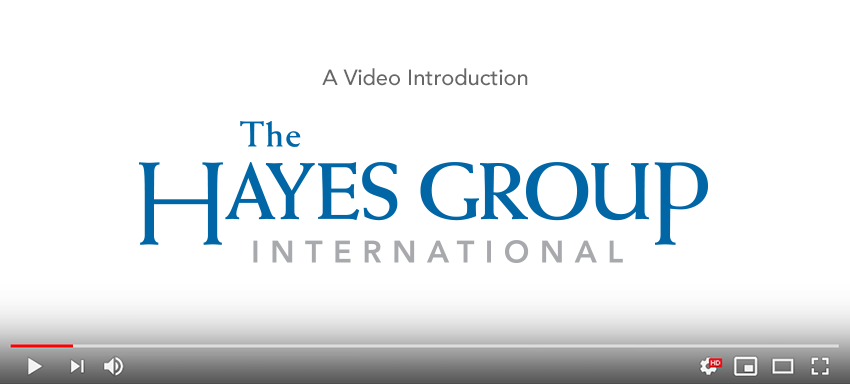How to Create a High-Learning Team

Center for Creative Leadership, Aug. 2010
Putting the right people on a team doesn’t guarantee success. The most effective, high-performing teams are committed to learning.
As work and the working context become increasingly complex and ambiguous, teams and individual team members must be able to learn and adapt. This includes learning how to work together as a team.
Teams become high-learning teams when they implement four practices, according to Dennis Lindoerfer, author of “Learning Mode: Adapting and Innovating is Crucial for Teams.” The four practices are:
- Establish a climate for learning in the team. Taking time to establish the environment and the processes for learning is the prerequisite for rapid learning and effective team performance in the future. Team members must actively ask questions, discuss errors, engage in experimentation and reflection and seek external feedback. In “high learning” teams, mistakes are analyzed for how improvements might be made; and feedback, both positive and negative, is considered to be essential and helpful rather than critical. The results of feedback and analysis are then put into action, and the cycle of reflection, evaluation and action continues.
In order for this to work, team members must trust that others will not embarrass, reject or punish them for speaking up or identifying errors or problems. They must also feel confident that team members will support each other during challenging times. However, this does not mean a lack of conflict within the team. Lindoerfer writes: “In fact, one of the most reliable indicators of teams that are learning is the visible and effective conflict of ideas. In great teams, conflict is frequent and productive.”
- Assess your work together. Team members should routinely examine how they are working together to identify what is effective about their working methods and what is not, and to make decisions about how to alter their ways of operating to increase their effectiveness. The team will want to agree on metrics — such as adherence to norms set at the team’s beginning, progress against performance goals, effectiveness of team decision-making, performance against stakeholder expectations. Then team members can assess themselves against their metrics in ongoing, routine ways as a part of meetings or work sessions. Other periodic activities, such as after-action reviews or formal team assessments, should be factored into the team learning process as well.
- Work with a team coach. A coach who is skilled in team dynamics and process facilitation can work directly with the team to help the members become more aware of what is working well within the team and what isn’t. The coach can provide information about alternative approaches, encouragement to the team for efforts to use this new information, and feedback to the team about the impact of these efforts. Coaches can also be used to facilitate the ongoing assessments and periodic assessments.
- Manage knowledge. Capturing and disseminating emerging knowledge is essential for team learning. Teams need some disciplined approach to capture lessons learned and best practices from the team’s work and disseminate these among the team members and to others in the organization. The choice of method will be driven, to a large extent, by the information technology resources available to the team, knowledge management norms and expected practices in the larger organization.
Learning teams also know how to effectively acquire and disseminate new, “outside” knowledge relevant to the team’s tasks. This information may come from research partners, technical experts, competitors, business partners, stakeholders and other teams.
“When teams put together all four practices — establishing a climate for learning, assessing their work together, working with a team coach and effective knowledge management — they create a powerful lab for learning,” says Lindoerfer, who recently retired from CCL. “High-learning teams acquire and use knowledge as a byproduct of how they work. They know that team learning is not a separate activity or an occasional event. They value it and make time for it on a daily and weekly basis.”
This article is adapted from “Learning Mode: Adapting and Innovating is Crucial for Teams,” by Dennis Lindoerfer, Leadership in Action; Volume 28, Number 3; July/August 2008.
5 Types of Team Learning
Team effectiveness can be pursued and measured in varied ways. One practical and balanced way to look at the effectiveness of your team is by how well members are learning in five categories:
- Task-related content learning, such as acquiring new information and skills about technical aspects of the team members’ work.
- Process learning, such as figuring out more effective ways to clarify and resolve a point of conflict.
- Individual learning, such as how marketing professionals gather customer feedback.
- Interpersonal learning, such as how one team member’s direct work style may be viewed as aggressive by a teammate who has a different cultural background or personal style.
- Team learning, such as effective ways to raise delicate issues about communication practices or decision-making processes.

